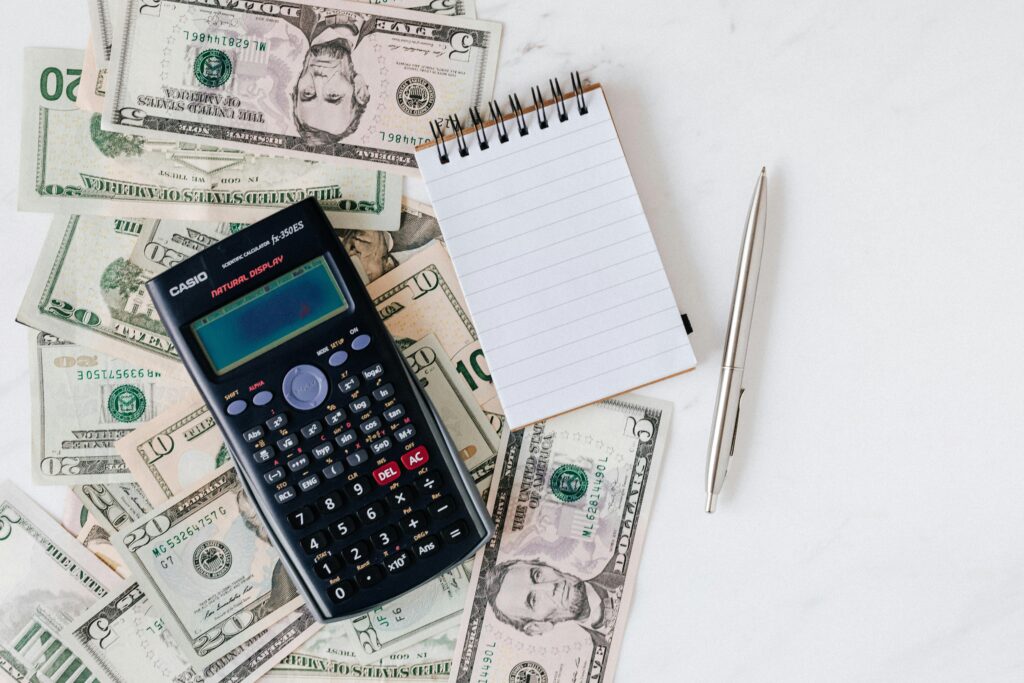Many small business owners don’t know where to start when it comes to building a balance sheet. But it’s often easier than you think, and it’s all about understanding the components involved and putting them in the right places.
In this guide, we’ll look at each component of a small business balance sheet–including assets, liabilities, and equity–to make them easier to understand and organize.
So, if you’re asking how to build a balance sheet for your small business, keep reading. By the time you finish this article, you’ll have more clarity into this process so you can get started.
Understanding the Basics of a Balance Sheet
A balance sheet is crucial for every small business owner. Unlike an income statement detailing revenue and expenses, a balance sheet gives you an instant view of your business’s financial standing.
With a balance sheet, you can see what you own (assets), what you owe (liabilities), and the value left over for owners or shareholders (equity). The golden rule here? Assets equal liabilities plus equity.
Knowing how to build a small business balance sheet will ensure accuracy while giving you confidence in understanding how assets, liabilities, and equity work together to show your business health. Now, let’s move on to building your own.
Building Your Small Business’s Balance Sheet
A balance sheet is a crucial financial tool for any small business. But how do you build one? Follow this step-by-step guide to get started.
Gather Necessary Financial Information
To create your balance sheet, start by gathering all relevant financial documents and data, including those that indicate money being received or expended by your business, such as invoices, receipts, and bank statements. Keep these documents organized, as they’ll form the basis of both current and long-term assets on your balance sheet.
Calculate Assets and Liabilities
The next step involves crunching some numbers. You need to determine what you own (assets) versus what you owe (liabilities).
Current assets include cash, accounts receivable, prepaid expenses, and inventory whereas long-term assets might include property and equipment, investments, and deposits.
In contrast, current liabilities can include short-term debts like accounts payable, accrued liabilities and deferred revenue, while long-term liabilities consist of liabilities due in over one year, including notes payable and capital lease obligations.
Stay Organized
Once you have all your data, it’s essential to stay organized when entering it into your balance sheet. There’s no right way to organize your information–simply do so in whatever way makes the most sense for you. This will make your financial data easier to track as time goes on.
The best thing to do is to determine a structure for your data and stick to it. This will help ensure that all information is included. Accounting software can help you stay organized and keep track of everything.
Utilizing Your Balance Sheet for Financial Analysis
The balance sheet is your small business’s financial compass. It functions as a valuable tool for guiding decisions about your small business’s future by providing insight into its current financial situation.
Working Capital and Debt-to-Equity Ratio
Your working capital–the difference between current assets and current liabilities–gives an idea of your short-term liquidity. A high working capital means a better ability to pay off debts. The debt-to-equity ratio reflects the proportion of your business financed by borrowing versus owner’s equity.
Common Pitfalls When Creating a Balance Sheet
There are a few common mistakes business owners make when creating a balance sheet:
- Including personal finances. Including personal finances on your business balance sheet is never a good idea. This will create confusion when determining cash needs and making financial decisions for your business.
- Omitting information. Leaving out assets or liabilities from the balance sheet gives an incomplete and inaccurate picture of your business finances, which can lead to making poor decisions about your business because of missing information.
- Not updating data. Part of having a small business balance sheet is keeping it updated. When you fail to update your balance sheet, the information becomes outdated, meaning it cannot accurately reflect your business’s financial health.
Create Financial Stability for Your Business’s Future
The practical steps we went through on how to build a balance sheet for your small business will help simplify this crucial task. Now that you know how to build a balance sheet, you’re on your way to making smart financial decisions and creating financial stability for your business’s future.
Need more help with your small business’s accounting or tax needs? Reach out to our team at Scharf Pera & Co., PLLC today, and we’ll be happy to help.

